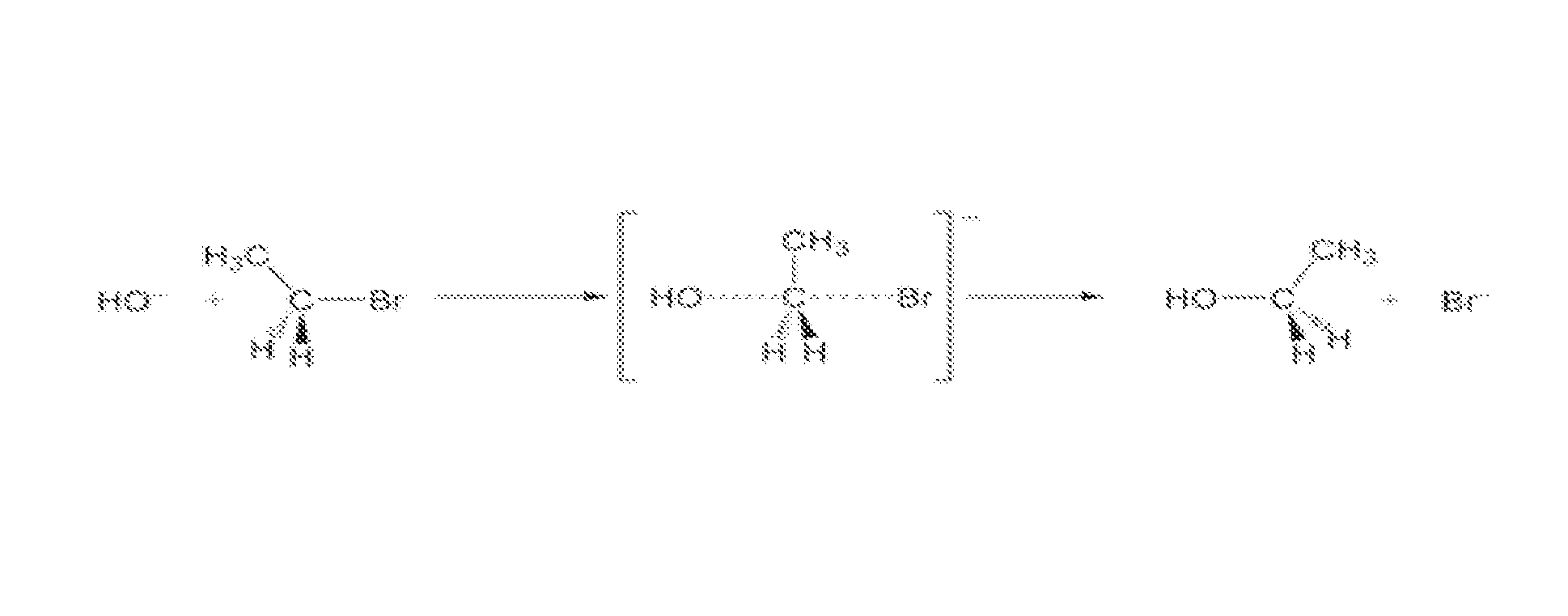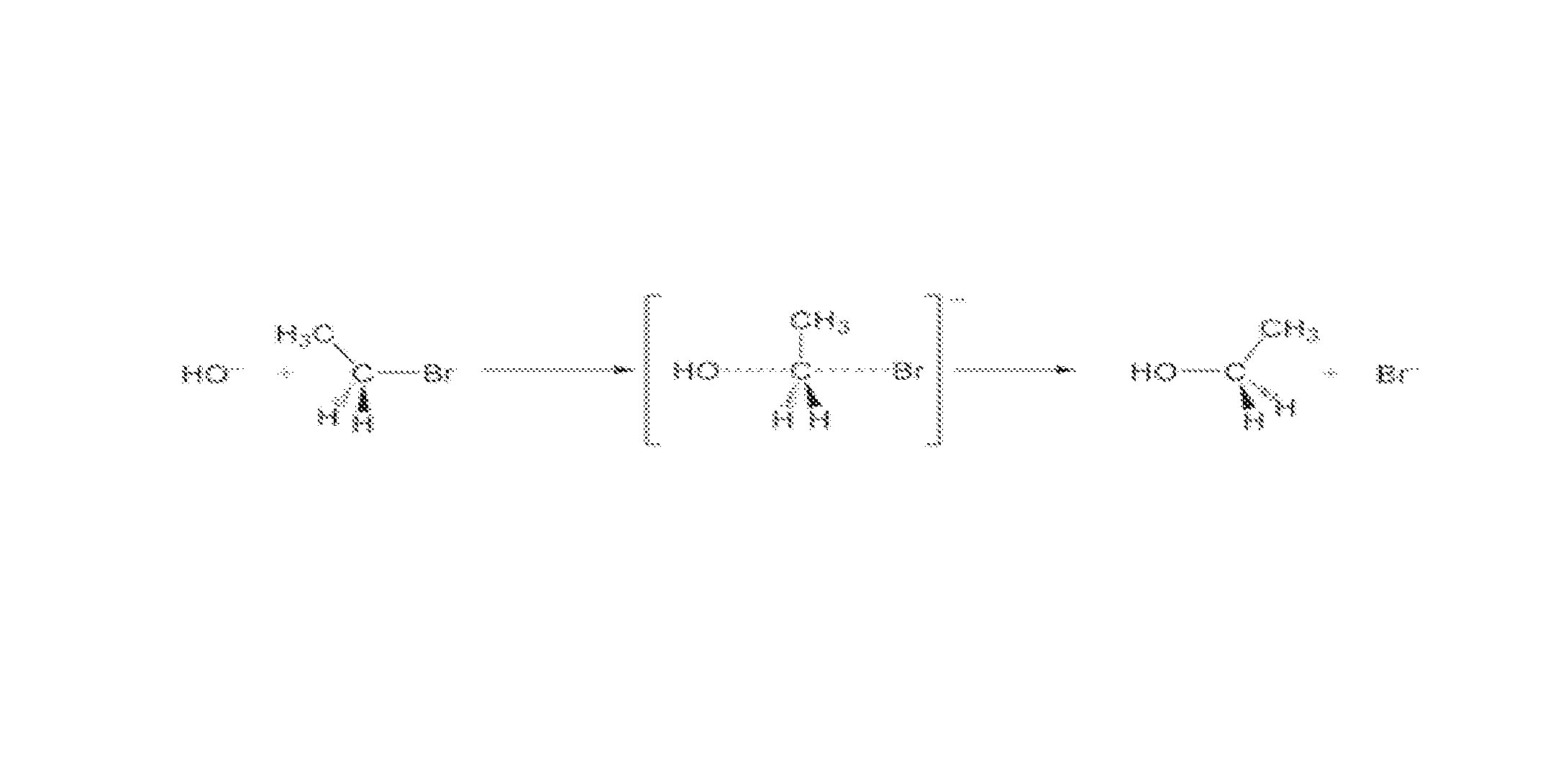In-situ subsurface decontamination of sodic soil, clay and ground water
a technology of clay soil and in-situ decontamination, which is applied in the direction of water/sewage multi-stage treatment, water/sewage treatment by oxidation, separation process, etc. it can solve the problems of limiting the effectiveness of oxidizing reagent solutions in making contact with contaminants, limited volume of contaminated subsurface media in the unsaturated zone above the groundwater table that is affected by reagent solution, and oxidizing reagent solution that is typically utilized in in-si
- Summary
- Abstract
- Description
- Claims
- Application Information
AI Technical Summary
Benefits of technology
Problems solved by technology
Method used
Image
Examples
example 1
[0074]A field test was conducted to remediate a former commercial dry cleaning site contaminated with Stoddard Solvent and tetrachloroethylene (TCE). The study site was delineated to include an area of approximately 24,625 square feet with a vertical treatment from surface to forty (40) feet (approximately 36,480 cubic yards). The soil consisted predominately of clay interbedded with sand stringers at varying depths. The treatment included delivering approximately seven (7) gallons per cubic yard of reagent employing a dual action rotary mixer to a depth of fifteen (15) feet and a DPT probe from Fifteen (15) to forty (40) feet to contact contaminants affecting soil and perched groundwater. The injection point spacing was seven (7) feet. The reagent fluid consisted of the following groups of reagents:[0075]a) The remedial agents (oxidizing and reducing moieties) were calcium peroxide and hydrogen peroxide with a potential maximum hydrogen peroxide evolution of approximately 2.5 moles...
example 2
[0080]Soil samples were collected from eleven (11) natural gas producing well sites to investigate the potential of an embodiment of the present invention for remediating hydrocarbon contaminants as well as reducing the Sodicity (SAR) effects from produced water (brine) released at the drilling sites. The samples were individually mixed to homogeneous state and divided into 500 g aliquots. Each sample was treated with 250 ml of the invention and allowed to react for two weeks. During the reaction time the acidity was maintain by addition of a phosphate buffer to maintain a pH of 8. The reagent fluid consisted of the following groups of reagents:[0081]a) The remedial agents (oxidizing and reducing moieties) were calcium peroxide and hydrogen peroxide with a potential maximum hydrogen peroxide evolution of approximately 3.0 moles per liter of reagent fluid.[0082]b) Acidic polyaminopolycarboxylate chelates at a total chelate concentration of approximately one to 1.5 (1 to 1.5) moles pe...
example 3
[0087]A field test was conducted to remediate a natural gas production site (well site) affected with hydrocarbons and suspected salt brine (sodicity) originating from well drilling and production releases to the environment. Historical data indicated that the target hydrocarbon pollutants exceeded Colorado Oil & Gas Conservation Commission (COGCC) maximum contaminant concentration levels (MCL) for soil and groundwater. The objectives of the application of the invention were: 1) to exploit the characteristic of the process to produce carbon dioxide (from the reaction of the reagent with hydrocarbons) which causes the evolution of foam from the injection points where contaminant sources are present in the soil, and thereby reveal the location of contaminant sources in the subsurface; 2) to concentrate the application of the invention in the area; and 3) to reduce the concentrations of hydrocarbon pollutants and sodicity to less than regulated levels (on well sites the hydrocarbons an...
PUM
| Property | Measurement | Unit |
|---|---|---|
| concentration | aaaaa | aaaaa |
| area | aaaaa | aaaaa |
| depth | aaaaa | aaaaa |
Abstract
Description
Claims
Application Information
 Login to View More
Login to View More - R&D
- Intellectual Property
- Life Sciences
- Materials
- Tech Scout
- Unparalleled Data Quality
- Higher Quality Content
- 60% Fewer Hallucinations
Browse by: Latest US Patents, China's latest patents, Technical Efficacy Thesaurus, Application Domain, Technology Topic, Popular Technical Reports.
© 2025 PatSnap. All rights reserved.Legal|Privacy policy|Modern Slavery Act Transparency Statement|Sitemap|About US| Contact US: help@patsnap.com



